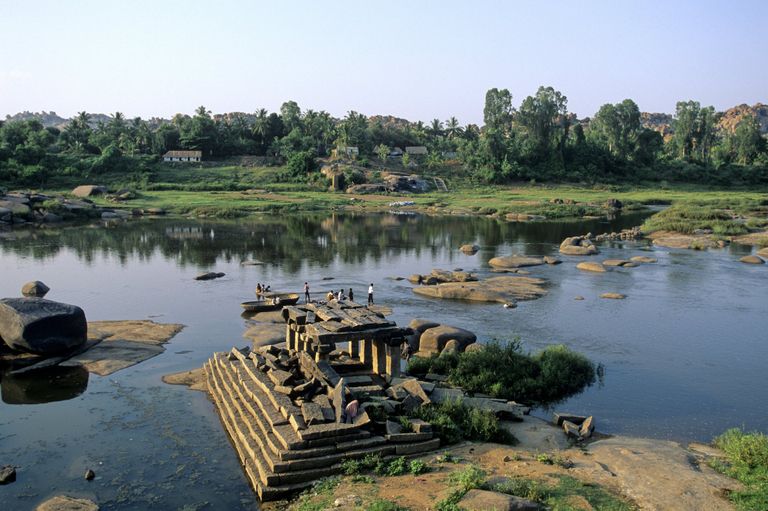When This River In India Started Running Low, Ancient Secrets Emerged From The Water
It’s not unusual to find a holy site in an Indian river. You may have heard of The Ganges, for instance, which is sacred to Hindus and is a site of frequent pilgrimage. Some waterways are less obvious in their importance, however. For hundreds of years, the River Shalmala was hiding a stunning secret. But after a long drought, what was once trapped below the current emerged in all its glory.
Steeped In History
So, just where is the River Shamala? Well, it flows through the state of Karnataka, which is in the south of India. The place is known as Sahasralinga – meaning “thousand Shiva lingas” in Sanskrit – because the artifact on the river bed is supposed to be sacred to the God Shiva. Experts think it has been sat under the water’s surface since the late 1600s or maybe the early 1700s, but it could not be seen until the hot weather caused the river level to drop.
Looking Back In Time
Shiva, you see, is one of the most important gods in Hinduism, and shrines in his honor can be found all across India. As for the relic in the river, however, it is simply remarkable in its scale. And it sheds light on the humans who lived there hundreds of years ago and the importance that they placed on a god that is still worshipped today.
Religious Melting Pot
Of course, Hinduism isn’t the only religion that is practiced in India. That’s right: it’s also the birthplace of Sikhism, Buddhism and Jainism – and it is home to significant populations of Muslims and Christians, too. As we’ll find out, the interplay between these religions is a major part of how India became what it is today.
Steeped In Time
India’s first great civilization was built in the Indus Valley of what is now Pakistan – but we know little about this society. This means that as well as not understanding its language and culture, we don’t have much knowledge on its religion, either. Therefore, we can’t be sure if the practices of these people went on to influence the development of Hinduism. There do appear to be similarities, though.

